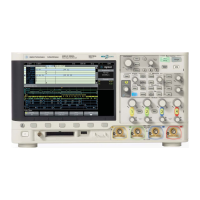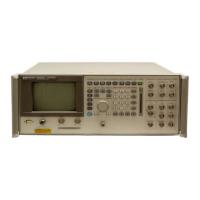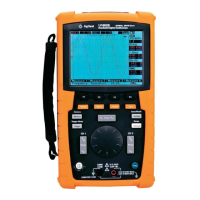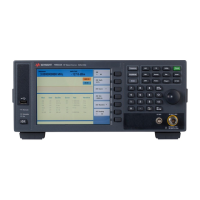© Agilent Technologies 1989–2002 Agilent 3070 / 79000 Site Preparation 10-128
Chapter 10: Site Preparation – Power Requirements for Older Systems: Tester Power Requirements (Series I/II)
Agilent 3070 Series II / 3 - E1135A/B Power
Distribution Units
The E1135A and E1135B were used in all Series II 3070
systems, and in Series 3 3070 and 79000 systems
shipped through September 1998.
If you are working on a system with an E1135C PDU,
see Chapter 6,
Site Preparation – Power
Requirements.
This section provides minimum power requirements for
3070 family systems. For most installations, these
requirements are sufficient. We suggest you review the
next section,
Verifying the AC Input on page 10-129,
for additional information.
The 3070 family systems require ac electrical power
supplied two ways:
1 AC mains power must be supplied to the system’s
Power Distribution Unit (PDU). For all systems and
power options except one, a customer-supplied
power cord must be wired to the system’s PDU by an
electrician.
2 For a 327X system using conductor and breaker
option #0EF (3-phase Wye with neutral — 208V; see
Table 10-32 on page 10-131) a power cord is
supplied already wired to the PDU; this is the only
system supplied with the power cord.
Agilent makes the following recommendations:
■ A dedicated ac mains service should be provided
for the test system due to the high current
requirements of the system (see
Table 10-31 on
page 10-130and
Table 10-32 on page 10-131).
■ Copper conductors should be used for the system
drop.
■ The service should have a breaker box installed
near the system so that power can be quickly
removed in case of an emergency.
■ A 25.4-millimeter (1-inch) hole is provided on the
PDU for the electrician to install a cable clamp
and power cord. Agilent recommends the use of a
power cord with a locking plug (one that cannot
be easily pulled from its outlet) or a hard-wired
connection. If the hole is too small to
accommodate the conductors, use a chassis punch
to enlarge the hole.
■ The system input power connections on the PDU
are made to an input connector block and the
ground connection is to a terminal bolted to the
chassis. These connectors can accept wire up to
10 square millimeters (#8 AWG). For ease of
installation, in areas where it meets local code
requirements, Agilent recommends that you use
multi-strand conductor from a box to the PDU.
3 Convenience outlets must be located near the system
for test development centers, test development
stations, optional extra equipment bays, and the
44990A EFS Board Handler. Locate the outlets
within one meter (three feet) of and directly behind
the device. See Chapter 3,
Site Preparation –
Planning to plan the location of convenience outlets.
All convenience outlets must supply 20 amps at
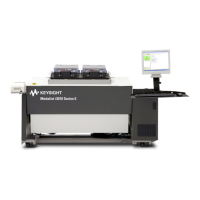
